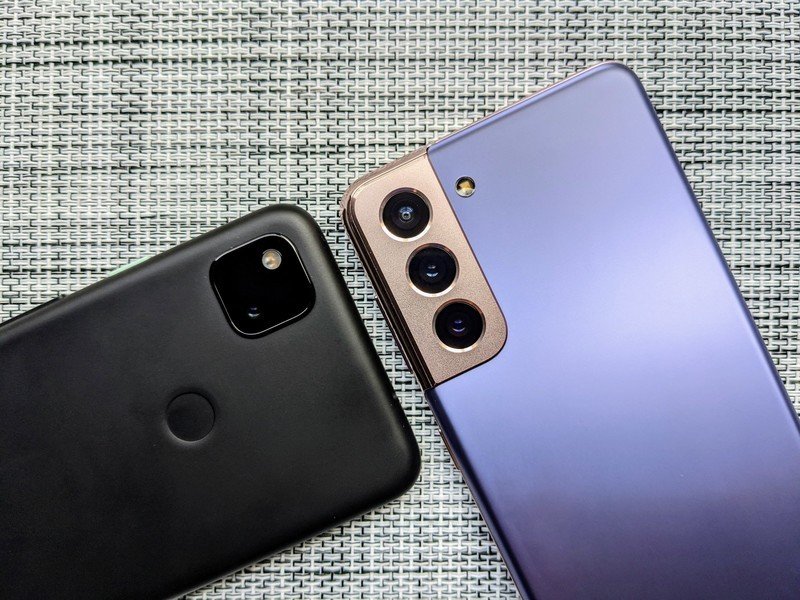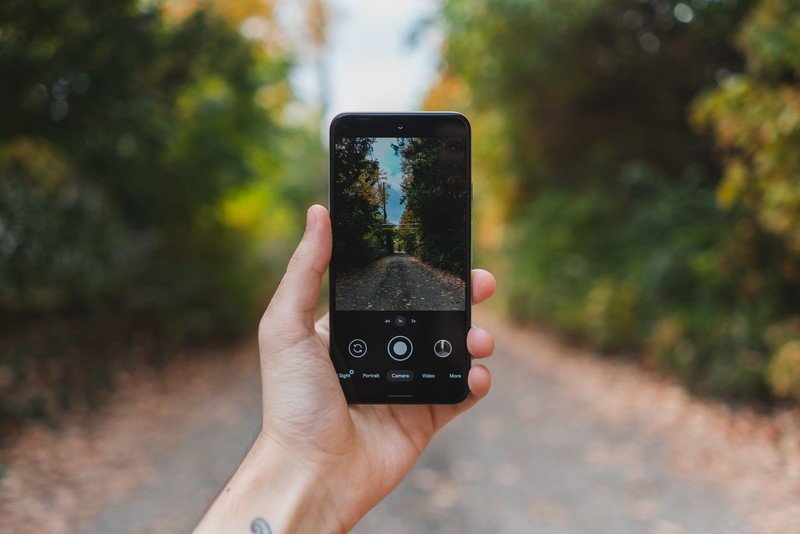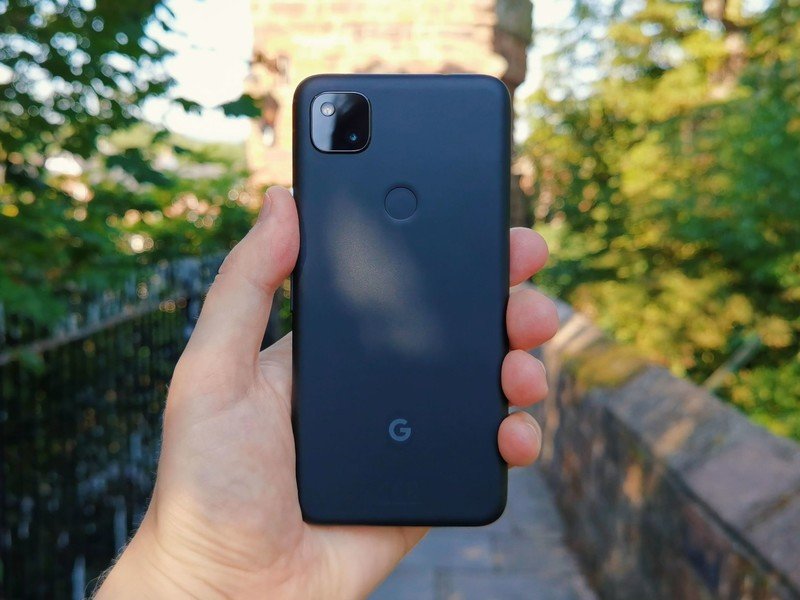The one big reason Google chose a 50MP sensor for the Pixel 6

If there's one area of Google's Pixel phones that's been desperately in need of an upgrade, it's the camera hardware. The main image sensor used in 2020's Pixel 5 is virtually identical to the one used in 2017's Pixel 2, a 12.2-megapixel unit with optical stabilization. (If you want to go back even further, 2015's Nexus 6P used a very similar sensor only without the stabilization.)
For most of the past four years, though, that sensor has basically been good enough. Google's strategy around smartphone photography — and hardware products more broadly — has been about differentiating itself through software, as opposed to pushing the most cutting-edge components. That's why, even with its serious hardware handicap, the Pixel 5 remains competitive alongside many of the best Android phones.
Yet, after almost half a decade, the age of the hardware behind that experience is starting to show. So it's time, at long last, for an upgrade.

The likely move to a 50-megapixel main camera in the Google Pixel 6 series — widely rumored in recent months and confirmed by Android Central's own sources — comes at the right time. Smartphone giants like Samsung and Apple have caught up with Google in computational photography, while far surpassing the Pixel line in terms of camera hardware. These days, every phone above a certain price point has an excellent night mode and pixel-perfect portraits. Those tricks are no longer exclusive to Google's phones, as other brands can rely on the technological might of bigger and better sensors and lenses.
Assuming Google uses an off-the-shelf component in its next phones, there are two major candidates for the Pixel 6's main camera sensor: Sony's IMX766 and Samsung's GN2. The Sony sensor is the one we're most familiar with here at AC. It's used to great effect in phones like the Oppo Find X3 Pro and OnePlus Nord 2. You'll also find it behind the OnePlus 9 Pro's ultrawide lens. Meanwhile, the Samsung sensor boasts larger pixels for better low-light performance and can be found in Xiaomi's flagship-tier Mi 11 Ultra.
The possibility of a GN2-equipped Pixel 6 is interesting since its on-sensor pixels are the same size as those of the Sony IMX363, the sensor from the Pixel 5 series, at 1.4 microns. So if Google chooses this Samsung sensor for its next camera, it'll be the equivalent of stitching four of those Pixel 5 sensors together.
The Pixel 6 might offer the equivalent photon-sniffing capacity of four Pixel 5 sensors.
The IMX766 is also nothing to sniff at and would be a major upgrade in its own right. Whichever of these Google uses in the Pixel 6, it'll represent a huge step up from previous Pixels for one reason above all else: data. Sure, a larger sensor will be able to capture moving images with less blur and lower-light scenes with more clarity. But the Pixel camera's most compelling features are powered by data, and capturing four times that data will make all the best parts of the Pixel camera better.
Get the latest news from Android Central, your trusted companion in the world of Android
While Google's fancy new 50-megapixel shooter will likely still spit out 12-megapixel photos, since that's all the rage these days with fancy new quad-bayer sensors, the extra resolution gives Google's software magic more data points to work with. Whether it's judging depth in a portrait shot or correcting for the rotation of the earth in astrophotography pics, the larger canvas means the effects in those images will be based more on data and less on educated guesswork.

And, while the effect of a higher-res sensor may be less pronounced in everyday photography, Google can take advantage of higher resolution to pour more data into good old HDR+ too. One example might be motion photos with fewer compromises.
Another reason to be optimistic is the use of seriously upgraded, Google-designed silicon in the Pixel 6. Google's GS101 chip, a.k.a. Whitechapel, will reportedly boast vastly superior general computational horsepower compared to the Pixel 5's Snapdragon 765G. But it's also likely to herald the return of the Pixel Neural Core — or at least, a successor to the AI-focused silicon we last saw in the Pixel 4. That'll mean not only will the Pixel 6's camera have more data to work with, but it'll have a fatter straw through which to slurp that data and a bigger brain with which to process it.
That means, after a relatively conservative year for Pixel cameras in 2020, we could see Google let rip with a much more competitive array of features. That's especially true around video, where Google has traditionally lagged behind the competition on account of its hardware deficit.

The Pixel 6 camera should have more data to work with and a bigger brain to crunch the numbers.
But that doesn't mean all Google's experience with lower-res sensors over the years should go to waste. In fact, with the Pixel 6 Pro rumored to feature an 8-megapixel 5X super-telephoto shooter, there's room for the super-res zoom technology that first debuted in the Pixel 3 series to once again contribute to Google's photographic arsenal. Super-res zoom uses the motion of the camera itself to resolve more detail beyond the camera's immediate focal length. So we'll be watching with interest to see how a super-res-zoom-equipped 5X shooter might compete with current 10X cameras from the likes of Samsung and Huawei.
For the past several years, hacked versions of the Google Camera app have offered a tantalizing (if often slightly broken) look at what Google's photographic magic can achieve when paired with higher-end sensors than Google's own phones. And, with the looming launch of the Pixel 6 series, we're about to see the results when this kind of setup is properly tuned and combined with Google's unique silicon.
The result could be the most revolutionary Pixel camera in the series' history.

Alex was with Android Central for over a decade, producing written and video content for the site, and served as global Executive Editor from 2016 to 2022.

